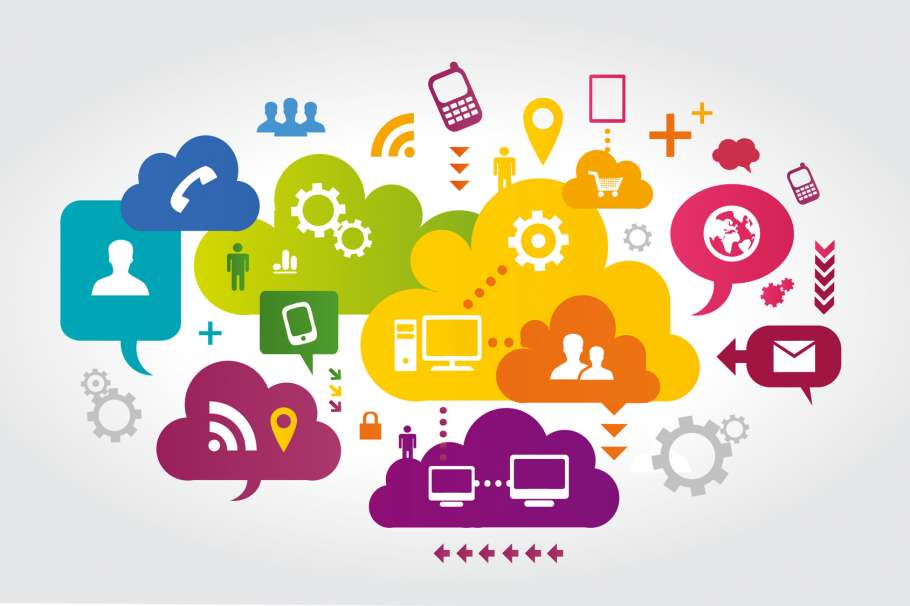
Running on Empty
Perhaps the very word “automation” misleads marketers into thinking marketing automation software can do all the work. But they need to be fueled with a special blend of content designed especially to meet the target audience’s needs.
If your marketing machine is not fueled up with the right blend of content, it will sputter along and eventually stall.
4 Steps to Irresistible Content that Drives Results
How do you create content that attracts and engages prospects and converts them into clients? Take these 4 steps to success.
- Construct Personas
The first step is to create personas—in-depth profiles of the decision-makers who buy your product or service. They detail:
- The challenges buyers face;
- What triggers them to start looking for a solution to a problem;
- The internal barriers they need to overcome, such as budgets and internal politics; and
- Their journey step-by-step through the buying process.
These personas tell you the questions that buyers ask and the content formats that they engage in (such as blog posts, white papers and webinars) as they conduct their initial research, compare solutions, and decide what to buy.Based on this, you know what your content needs to address, and whether blog posts or, for example, white papers are better at various stages of the buying process.
- Map Your Content
Once you know all the content your buyer personas want to consume on their path from ‘initial interest’ to ‘client’, you create a content map for each of them
For example, when they start to research and develop awareness of your company and solutions, they may be reading blog posts or e-books and watching 60-second videos. As they start to assess options, they are more likely to invest time in a webinar, get into the fine-points of your solution by reading data sheets, or look for evidence of success in case studies. When they are seriously thinking of buying your product, they might take a free trial or request a free consultation. Of course you may find some of the same formats are useful in more than one buying cycle phase; they just need content tailored to answer different questions.
The content will vary because in the awareness phase you’ll be providing educational material about how to solve their problem, but not saying much about your own solution. As the buyer moves along their journey to assessment, you will need to talk more about how your company can solve the problem. In the final buying phase, it’s more about showing them what you can do. - Audit Content
Your content map clearly spells out the content you need. Now take a look at the content you’ve already created. The gap, or chasm, between the two is what you need to generate. - Create Content
Basic fact: you can automate your marketing, but you cannot automate content creation.
And it’s best not to invest in marketing automation until you have a plan for content creation. The more high-quality, fresh, relevant content you have, the further and faster your company will move along the path to remarkable results. For example, according to HubSpot, companies with more than 51 blog articles experience a 77% lift in median monthly leads.
That’s why many companies of all sizes that don’t have the internal resources are outsourcing content creation. According to B2B Content Marketing Benchmarks 2013, on average 44% of companies are outsource content creation. The larger the company, the more likely it is to outsource content creation.
If you need help with marketing automation software and/or content creation, check out our Marketing Automation Made Easy Packages.